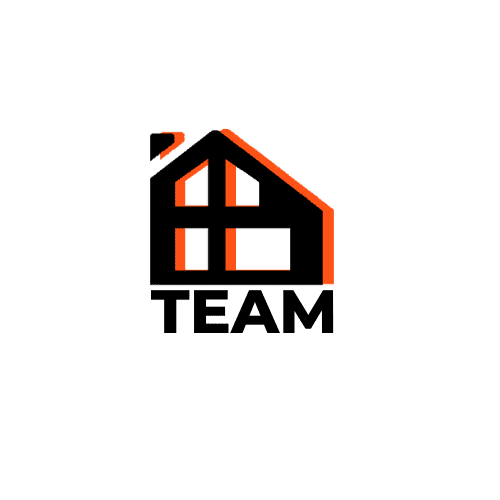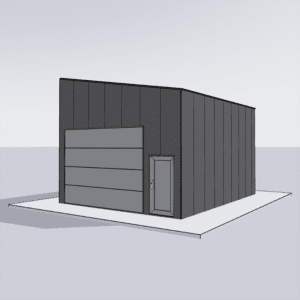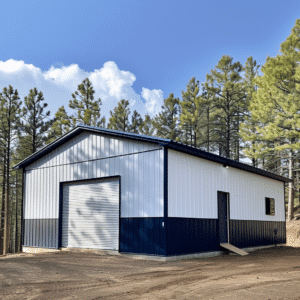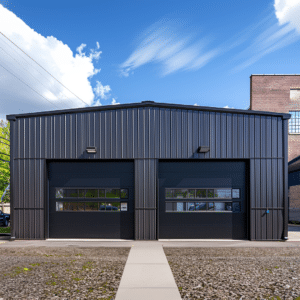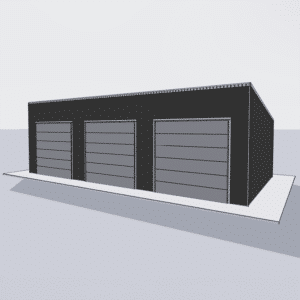The construction industry is not just about brick and mortar; it’s a complex tapestry of skills, tools, and safety measures. One of the most crucial aspects is electrical hazard awareness. Imagine strolling on a construction site – power tools buzzing like bees, cables strewn about like spaghetti, and somewhere in the midst, hazardous electrical currents lurking like an invisible predator. How does one mitigate these risks and ensure the safety of everyone involved?
Understanding the Basics of Electrical Hazard Awareness
Electricity can turn from friend to foe in a split second, especially in the construction industry. At the heart of electrical safety in construction is knowledge and vigilance. Understanding the dangers associated with electrical power on a construction site is fundamental. Power lines, live wires, and faulty equipment can pose threats that range from minor injuries to fatal accidents.
Electrical hazard awareness involves identifying these risks and implementing protective measures. It’s like wearing a raincoat when you know it’s going to pour – it’s a proactive step to shield yourself from potential harm.
Identifying Common Electrical Hazards
Just as you wouldn’t venture into a jungle without knowing the potential dangers, navigating a construction site requires awareness of common electrical hazards. Overhead power lines, damaged tools, improper wiring, and wet conditions all heighten the risk of electrical incidents.
Imagine walking through a bustling corridor, each step more precarious than the last due to the serpentine pathways of cords and cables that lie in wait. It is essential for workers and supervisors to conduct regular site evaluations to ensure that these hazards are recognized and adequately addressed.
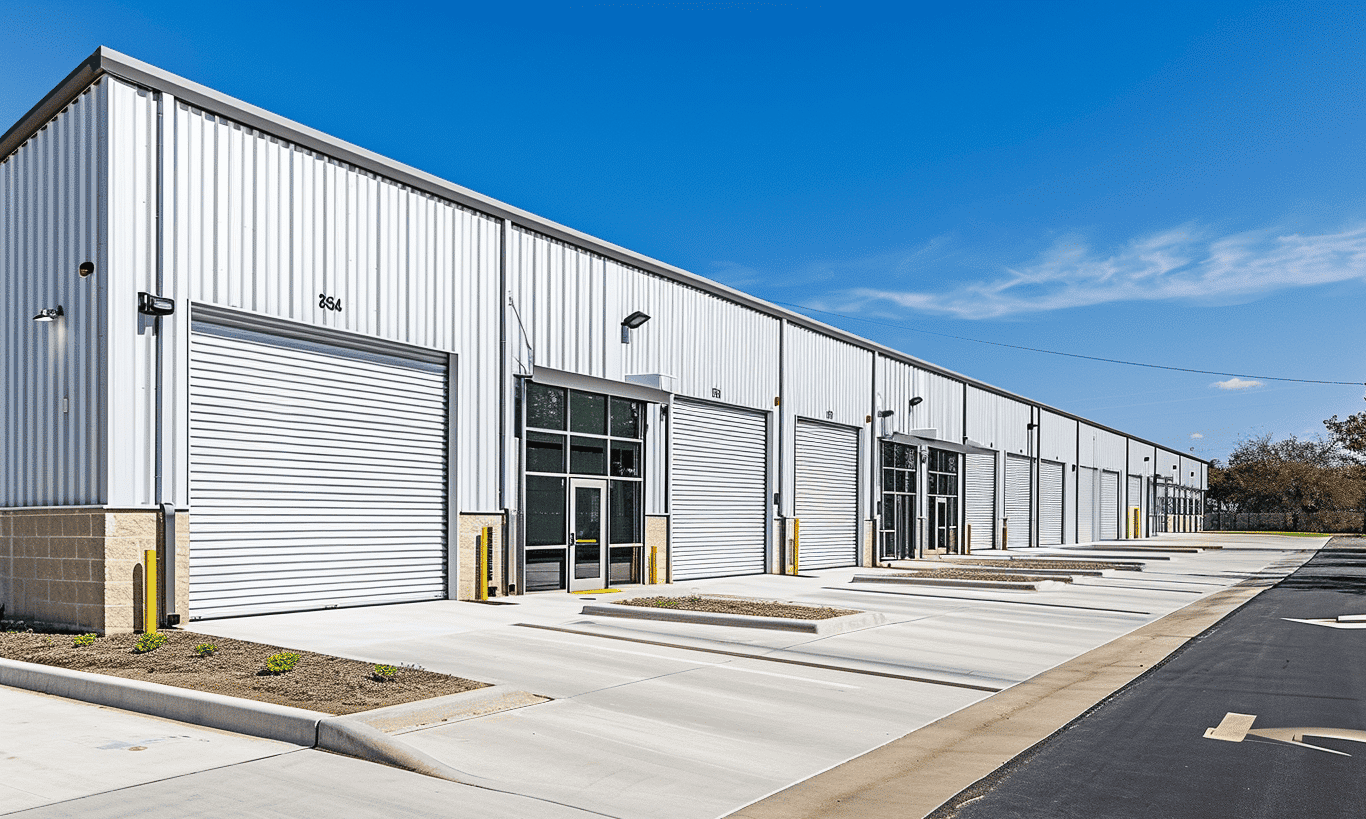
The Role of Training and Education
A well-informed workforce is a safer workforce. Training programs and workshops provided by organizations like the Canadian Construction Association – Electrical Hazard Awareness ensure that workers are equipped with the knowledge and skills necessary to handle electrical hazards. By fostering a culture of safety through education, construction sites significantly reduce the risks associated with electrical currents.
Training doesn’t just stop at awareness. It involves practical sessions where workers learn to operate tools safely, recognize faulty equipment, and understand the importance of grounding and bonding systems.
Protective Measures and Equipment
Analogous to knights donning armor for battle, construction workers need adequate protective equipment to shield against electrical hazards. Personal Protective Equipment (PPE) acts as a physical barrier against potential electrical exposures. From insulated gloves to face shields, each piece of PPE is a vital component in the broader campaign of workplace safety.
Additionally, implementing lockout/tagout procedures is a critical safety measure. These procedures ensure that any electrical equipment is completely de-energized before any maintenance or repairs take place. It’s akin to putting up a “do not disturb” sign that prevents accidental energization and potential injuries.
Safe Equipment and Infrastructure
Selecting quality materials and equipment also plays an immense role in electrical safety. Companies like Steel Building Supply offer robust and reliable construction materials that can withstand the test of time and weather – much like a faithful old umbrella. Well-maintained infrastructure reduces electrical risks and boosts overall construction safety.
Moreover, projects managed by teams like Your Building Team emphasize standard compliance and quality assurance, ensuring that the buildings stand strong and safe against both physical and electrical threats.
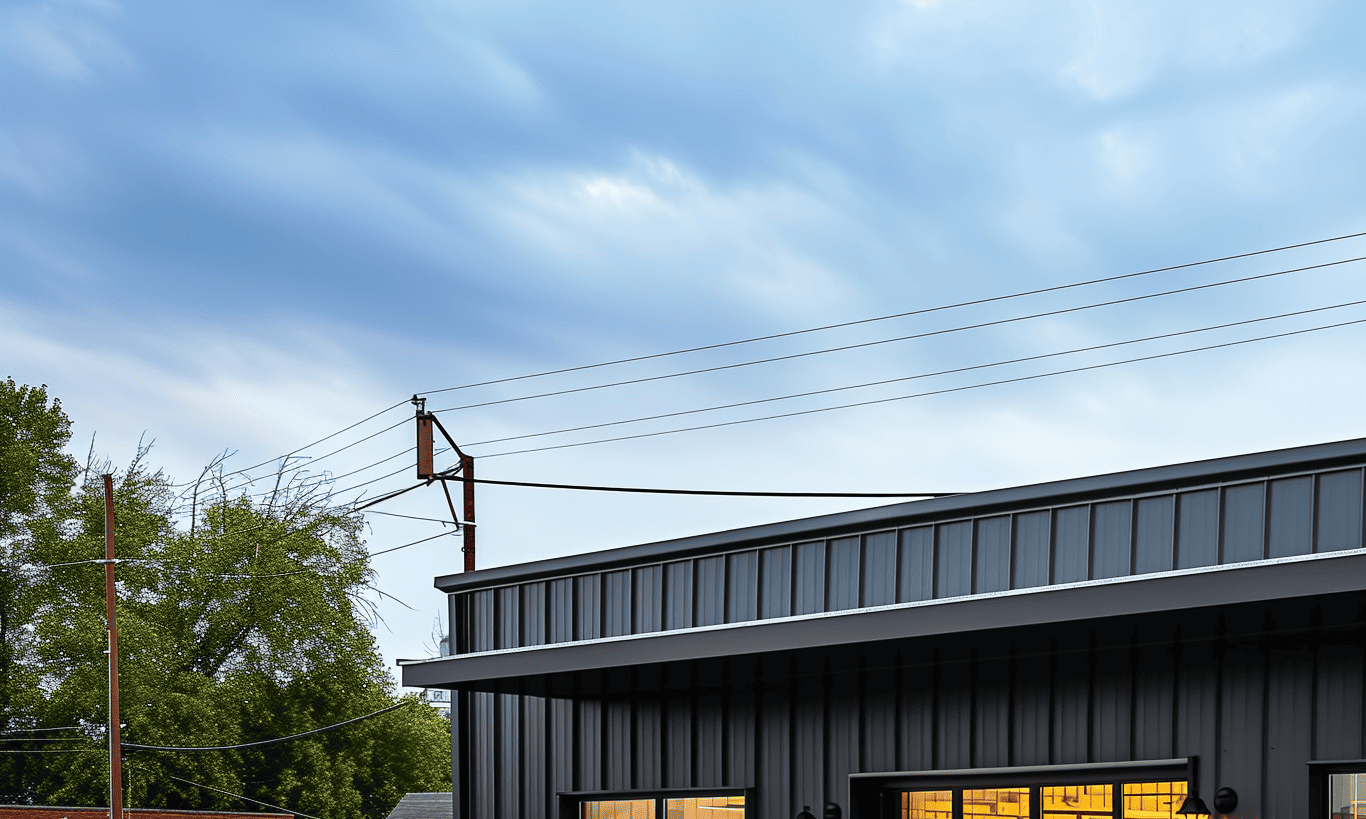
Reporting and Responding to Electrical Incidents
Prompt reporting and response are as crucial as the initial awareness. Treating near-misses with the seriousness of actual incidents can often prevent future occurrences. It’s imperative that construction teams have clear protocols for incident reporting and emergency response. Much like a well-oiled machine, every cog needs to function seamlessly to propel the mechanism of safety forward.
Creating a Culture of Continual Improvement
Creating a culture of safety is an ongoing journey involving continuous assessment and improvement. Regular audits and employee feedback act as checkpoints to ensure that all safety measures are not only in place but are effective. Engaging employees and valuing their input can often spark innovative solutions to existing safety challenges.
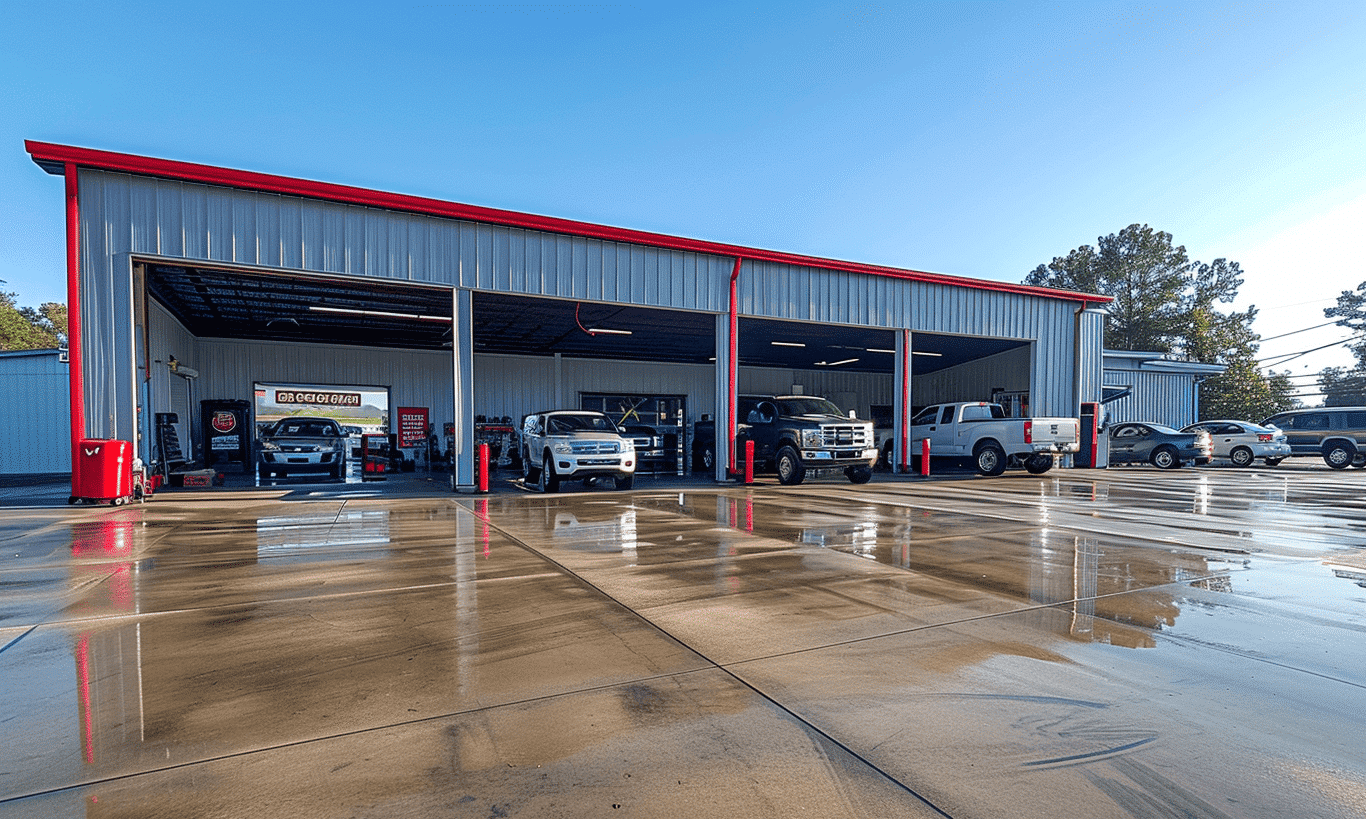
Conclusion
Electrical hazard awareness is more than just a safety protocol in construction; it’s a fundamental responsibility. By prioritizing education, enforcing protective measures, using high-grade equipment, and fostering a proactive safety culture, the construction industry can mitigate the risks posed by electrical hazards.
Consider this your blueprint for a safer construction environment. Like a lighthouse steering ships clear of danger, let electrical awareness guide your work towards safety and success. Embrace safety measures as more than regulations – regard them as cornerstones in building a safer tomorrow.
